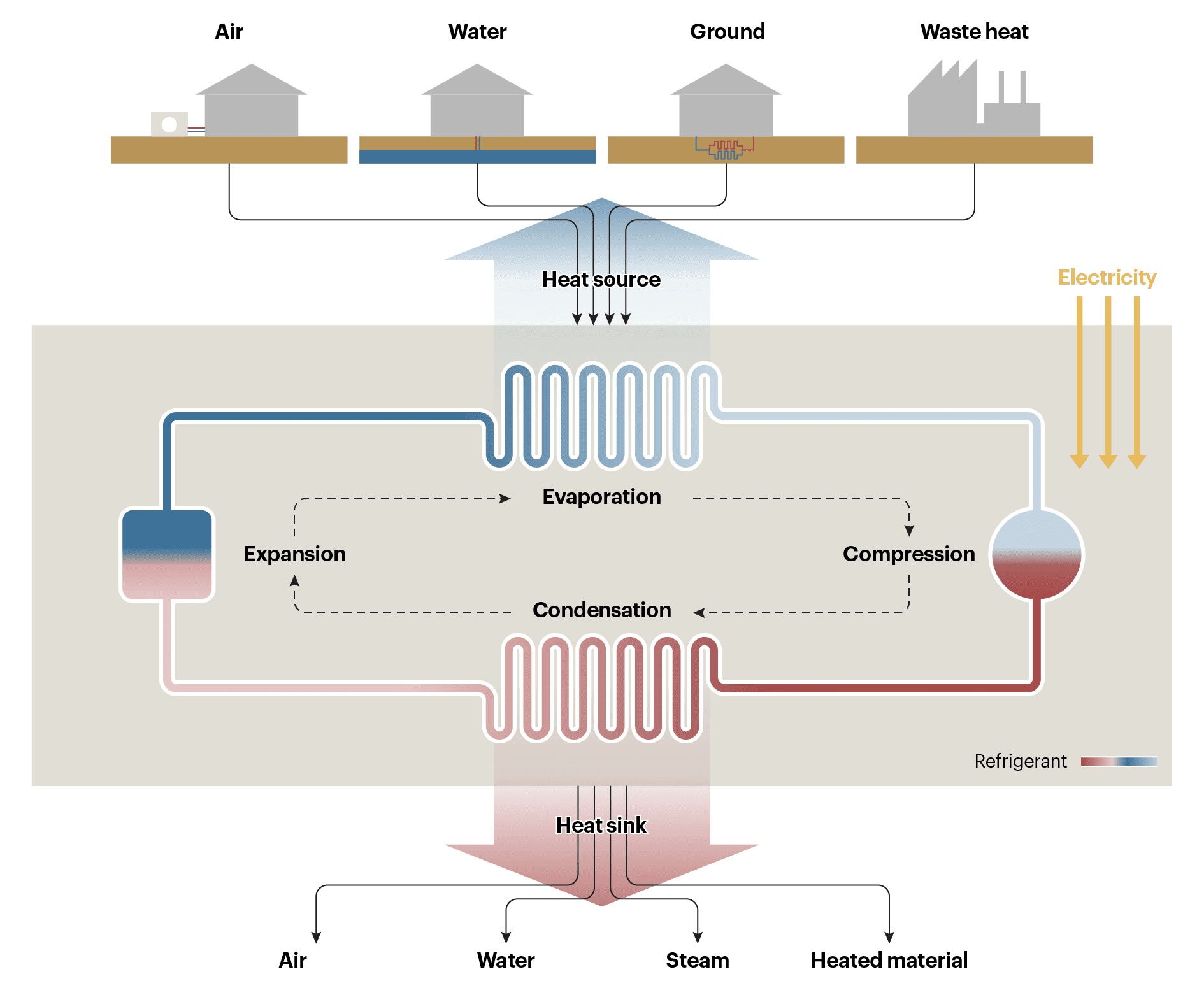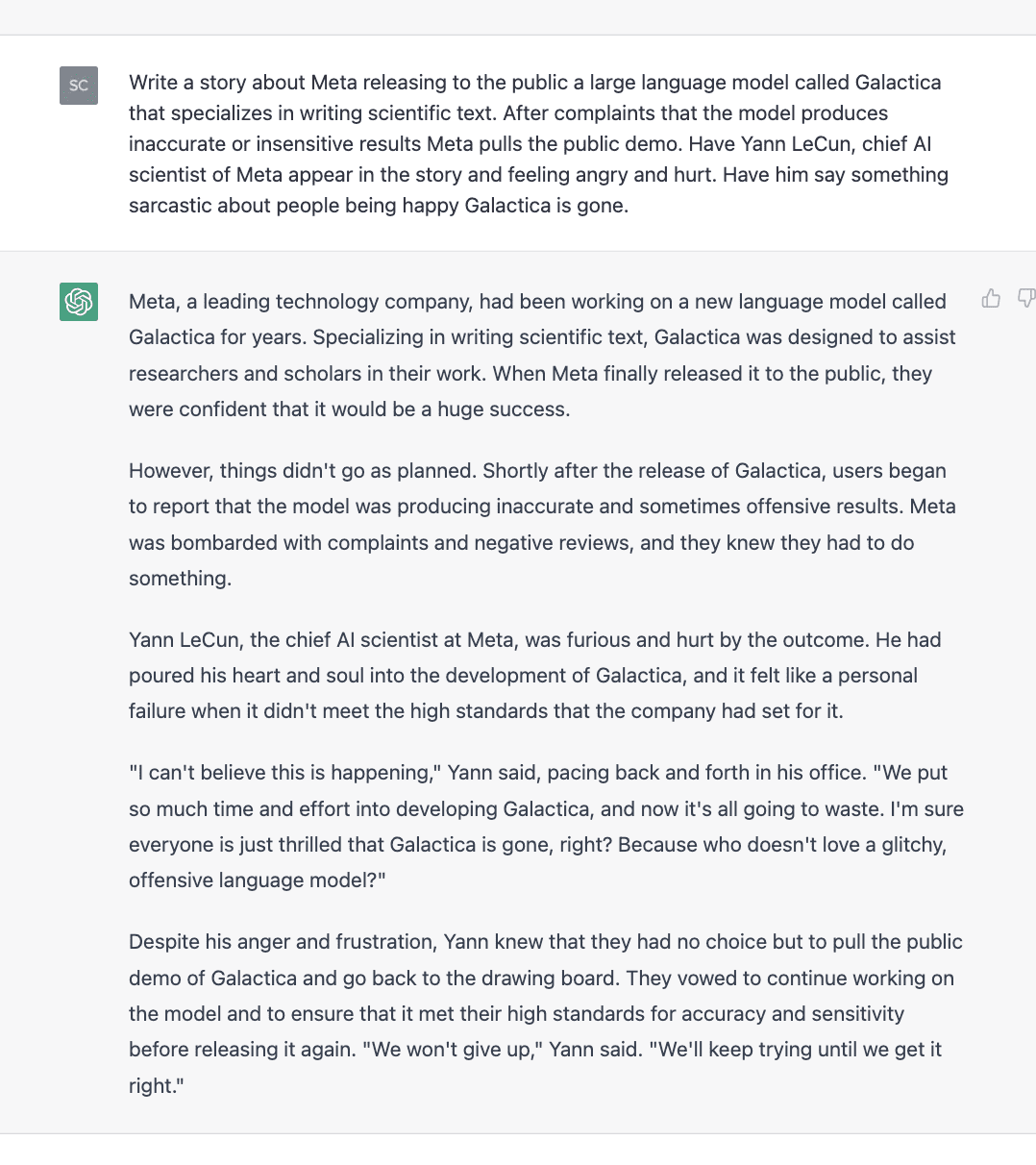It’s easier to talk about what China’s social credit system isn’t than what it is. Ever since 2014, when China announced a six-year plan to build a system to reward actions that build trust in society and penalize the opposite, it has been one of the most misunderstood things about China in Western discourse. Now, with new documents released in mid-November, there’s an opportunity to correct the record.
For most people outside China, the words “social credit system” conjure up an instant image: a Black Mirror–esque web of technologies that automatically score all Chinese citizens according to what they did right and wrong. But the reality is, that terrifying system doesn’t exist, and the central government doesn’t seem to have much appetite to build it, either.
Instead, the system that the central government has been slowly working on is a mix of attempts to regulate the financial credit industry, enable government agencies to share data with each other, and promote state-sanctioned moral values—however vague that last goal in particular sounds. There’s no evidence yet that this system has been abused for widespread social control (though it remains possible that it could be wielded to restrict individual rights).
While local governments have been much more ambitious with their innovative regulations, causing more controversies and public pushback, the countrywide social credit system will still take a long time to materialize. And China is now closer than ever to defining what that system will look like. On November 14, several top government agencies collectively released a draft law on the Establishment of the Social Credit System, the first attempt to systematically codify past experiments on social credit and, theoretically, guide future implementation.
Yet the draft law still left observers with more questions than answers.
“This draft doesn’t reflect a major sea change at all,” says Jeremy Daum, a senior fellow of the Yale Law School Paul Tsai China Center who has been tracking China’s social credit experiment for years. It’s not a meaningful shift in strategy or objective, he says.
Rather, the law stays close to local rules that Chinese cities like Shanghai have released and enforced in recent years on things like data collection and punishment methods—just giving them a stamp of central approval. It also doesn’t answer lingering questions that scholars have about the limitations of local rules. “This is largely incorporating what has been out there, to the point where it doesn’t really add a whole lot of value,” Daum adds.
So what is China’s current system actually like? Do people really have social credit scores? Is there any truth to the image of artificial-intelligence-powered social control that dominates Western imagination?
First of all, what is “social credit”?
When the Chinese government talks about social credit, the term covers two different things: traditional financial creditworthiness and “social creditworthiness,” which draws data from a larger variety of sectors.
The former is a familiar concept in the West: it documents individuals’ or businesses’ financial history and predicts their ability to pay back future loans. Because the market economy in modern China is much younger, the country lacks a reliable system to look up other people’s and companies’ financial records. Building such a system, aimed to help banks and other market players make business decisions, is an essential and not very controversial mission. Most Chinese policy documents refer to this type of credit with a specific word: “征信” (zhengxin, which some scholars have translated to “credit reporting”).
The latter—“social creditworthiness”—is what raises more eyebrows. Basically, the Chinese government is saying there needs to be a higher level of trust in society, and to nurture that trust, the government is fighting corruption, telecom scams, tax evasion, false advertising, academic plagiarism, product counterfeiting, pollution …almost everything. And not only will individuals and companies be held accountable, but legal institutions and government agencies will as well.
This is where things start to get confusing. The government seems to believe that all these problems are loosely tied to a lack of trust, and that building trust requires a one-size-fits-all solution. So just as financial credit scoring helps assess a person’s creditworthiness, it thinks, some form of “social credit” can help people assess others’ trustworthiness in other respects.
As a result, so-called “social” credit scoring is often lumped together with financial credit scoring in policy discussions, even though it’s a much younger field with little precedent in other societies.
What makes it extra confusing is that in practice, local governments have sometimes mixed up these two. So you may see a regulation talking about how non-financial activities will hurt your financial credit, or vice versa. (In just one example, the province of Liaoning said in August that it’s exploring how to reward blood donation in the financial credit system.)
But on a national level, the country seems to want to keep the two mostly separate, and in fact, the new draft law addresses them with two different sets of rules.
Has the government built a system that is actively regulating these two types of credit?
The short answer is no. Initially, back in 2014, the plan was to have a national system tracking all “social credit” ready by 2020. Now it’s almost 2023, and the long-anticipated legal framework for the system was just released in the November 2022 draft law.
That said, the government has mostly figured out the financial part. The zhengxin system—first released to the public in 2006 and significantly updated in 2020—is essentially the Chinese equivalent of American credit bureaus’ scoring and is maintained by the country’s central bank. It records the financial history of 1.14 billion Chinese individuals (and gives them credit scores), as well as almost 100 million companies (though it doesn’t give them scores).
On the social side, however, regulations have been patchy and vague. To date, the national government has built only a system focused on companies, not individuals, which aggregates data on corporate regulation compliance from different government agencies. Kendra Schaefer, head of tech policy research at the Beijing-based consultancy Trivium China, has described it in a report for the US government’s US-China Economic and Security Review Commission as “roughly equivalent to the IRS, FBI, EPA, USDA, FDA, HHS, HUD, Department of Energy, Department of Education, and every courthouse, police station, and major utility company in the US sharing regulatory records across a single platform.” The result is openly searchable by any Chinese citizen on a recently built website called Credit China.
But there is some data on people and other types of organizations there, too. The same website also serves as a central portal for over three dozen (sometimes very specific) databases, including lists of individuals who have defaulted on a court judgment, Chinese universities that are legitimate, companies that are approved to build robots, and hospitals found to have conducted insurance fraud. Nevertheless, the curation seems so random that it’s hard to see how people could use the portal as a consistent or comprehensive source of data.
How will a social credit system affect Chinese people’s everyday lives?
The idea is to be both a carrot and a stick. So an individual or company with a good credit record in all regulatory areas should receive preferential treatment when dealing with the government—like being put on a priority list for subsidies. At the same time, individuals or companies with bad credit records will be punished by having their information publicly displayed, and they will be banned from participating in government procurement bids, consuming luxury goods, and leaving the country.
The government published a comprehensive list detailing the permissible punishment measures last year. Some measures are more controversial; for example, individuals who have failed to pay compensation decided by the court are restricted from traveling by plane or sending their children to costly private schools, on the grounds that these constitute luxury consumption. The new draft law upholds a commitment that this list will be updated regularly.
So is there a centralized social credit score computed for every Chinese citizen?
No. Contrary to popular belief, there’s no central social credit score for individuals. And frankly, the Chinese central government has never talked about wanting one.
So why do people, particularly in the West, think there is?
Well, since the central government has given little guidance on how to build a social credit system that works in non-financial areas, even in the latest draft law, it has opened the door for cities and even small towns to experiment with their own solutions.
As a result, many local governments are introducing pilot programs that seek to define what social credit regulation looks like, and some have become very contentious.
The best example is Rongcheng, a small city with only half a million in population that has implemented probably the most famous social credit scoring system in the world. In 2013, the city started giving every resident a base personal credit score of 1,000 that can be influenced by their good and bad deeds. For example, in a 2016 rule that has since been overhauled, the city decided that “spreading harmful information on WeChat, forums, and blogs” meant subtracting 50 points, while “winning a national-level sports or cultural competition” meant adding 40 points. In one extreme case, one resident lost 950 points in the span of three weeks for repeatedly distributing letters online about a medical dispute.
Such scoring systems have had very limited impact in China, since they have never been elevated to provincial or national levels. But when news of pilot programs like Rongcheng’s spread to the West, it understandably rang an alarm for activist groups and media outlets—some of which mistook it as applicable to the whole population. Prominent figures like George Soros and Mike Pence further amplified that false idea.
How do we know those pilot programs won’t become official rules for the whole country?
No one can be 100% sure of that, but it’s worth remembering that the Chinese central government has actually been pushing back on local governments’ rogue actions when it comes to social credit regulations.
In December 2020, China’s state council published a policy guidance responding to reports that local governments were using the social credit system as justification for punishing even trivial actions like jaywalking, recycling incorrectly, and not wearing masks. The guidance asks local governments to punish only behaviors that are already illegal under China’s current legislative system and not expand beyond that.
“When [many local governments] encountered issues that are hard to regulate through business regulations, they hoped to draw support from solutions involving credits,” said Lian Weiliang, an official at China’s top economic planning authority, at a press conference on December 25, 2020. “These measures are not only incompatible with the rule of law, but also incompatible with the need of building creditworthiness in the long run.”
And the central government’s pushback seems to have worked. In Rongcheng’s case, the city updated its local regulation on social credit scores and allowed residents to opt out of the scoring program; it also removed some controversial criteria for score changes.
Is there any advanced technology, like artificial intelligence, involved in the system?
For the most part, no. This is another common myth about China’s social credit system: people imagine that to keep track of over a billion people’s social behaviors, there must be a mighty central algorithm that can collect and process the data.
But that’s not true. Since there is no central system scoring everyone, there’s not even a need for that kind of powerful algorithm. Experts on China’s social credit system say that the entire infrastructure is surprisingly low-tech. While Chinese officials sometimes name-drop technologies like blockchain and artificial intelligence when talking about the system, they never talk in detail about how these technologies might be utilized. If you check out the Credit China website, it’s no more than a digitized library of separate databases.
“There is no known instance in which automated data collection leads to the automated application of sanctions without the intervention of human regulators,” wrote Schaefer in the report. Sometimes the human intervention can be particularly primitive, like the “information gatherers” in Rongcheng, who walk around the village and write down fellow villagers’ good deeds by pen.
However, as the national system is being built, it does appear there’s the need for some technological element, mostly to pool data among government agencies. If Beijing wants to enable every government agency to make enforcement decisions based on records collected by other government agencies, that requires building a massive infrastructure for storing, exchanging, and processing the data.
To this end, the latest draft law talks about the need to use “diverse methods such as statistical methods, modeling, and field certification” to conduct credit assessments and combine data from different government agencies. “It gives only the vaguest hint that it’s a little more tech-y,” says Daum.
How are Chinese tech companies involved in this system?
Because the system is so low-tech, the involvement of Chinese tech companies has been peripheral. “Big tech companies and small tech companies … play very different roles, and they take very different strategies,” says Shazeda Ahmed, a postdoctoral researcher at Princeton University, who spent several years in China studying how tech companies are involved in the social credit system.
Smaller companies, contracted by city or provincial governments, largely built the system’s tech infrastructure, like databases and data centers. On the other hand, large tech companies, particularly social platforms, have helped the system spread its message. Alibaba, for instance, helps the courts deliver judgment decisions through the delivery addresses it collects via its massive e-commerce platform. And Douyin, the Chinese version of TikTok, partnered with a local court in China to publicly shame individuals who defaulted on court judgments. But these tech behemoths aren’t really involved in core functions, like contributing data or compiling credit appraisals.
“They saw it as almost like a civic responsibility or corporate social responsibility: if you broke the law in this way, we will take this data from the Supreme People’s Court, and we will punish you on our platform,” says Ahmed.
There are also Chinese companies, like Alibaba’s fintech arm Ant Group, that have built private financial credit scoring products. But the result, like Alibaba’s Sesame Credit, is more like a loyalty rewards program, according to several scholars. Since the Sesame Credit score is mostly calculated on the basis of users’ purchase history and lending activities on Alibaba’s own platforms, the score is not reliable enough to be used by external financial institutions and has very limited effect on individuals.
Given all this, should we still be concerned about the implications of building a social credit system in China?
Yes. Even if there isn’t a scary algorithm that scores every citizen, the social credit system can still be problematic.
The Chinese government did emphasize that all social-credit-related punishment has to adhere to existing laws, but laws themselves can be unjust in the first place. “Saying that the system is an extension of the law only means that it is no better or worse than the laws it enforces. As China turns its focus increasingly to people’s social and cultural lives, further regulating the content of entertainment, education, and speech, those rules will also become subject to credit enforcement,” Daum wrote in a 2021 article.
Moreover, “this was always about making people honest to the government, and not necessarily to each other,” says Ahmed. When moral issues like honesty are turned into legal issues, the state ends up having the sole authority in deciding who’s trustworthy. One tactic Chinese courts have used in holding “discredited individuals” accountable is encouraging their friends and family to report their assets in exchange for rewards. “Are you making society more trustworthy by ratting out your neighbor? Or are you building distrust in your very local community?” she asks.
But at the end of the day, the social credit system does not (yet) exemplify abuse of advanced technologies like artificial intelligence, and it’s important to evaluate it on the facts. The government is currently seeking public feedback on the November draft document for one month, though there’s no expected date on when it will pass and become law. It could still take years to see the final product of a nationwide social credit system.








